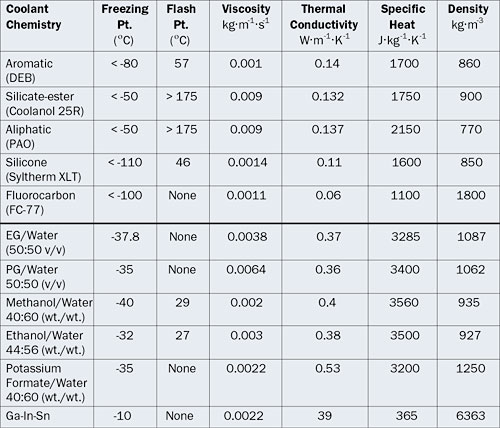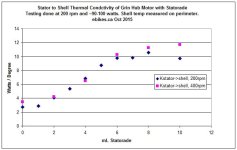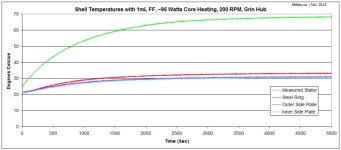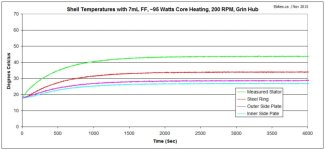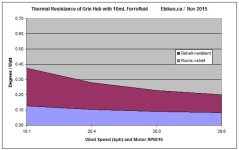liveforphysics
100 TW
MrDude_1 said:justin_le said:spinningmagnets said:Ester is the base material for aircraft hydraulic fluid...low smoke...low flammability...thin fluidity.
It also smells a bit funny, wheras the synthetic oil base has no odor at all. But otherwise in all performance and behavior tests I can't really tell the difference, though I should clarify most of my recent experiments were with the synthetic base since that was the bottle the I had had opened and received first.
Working with engines, I notice a diff between ester base and synthetic varnishing... but this is at at higher temperatures... something these hub motors will never see.
Did you ever do any oven testing?
http://www.bobistheoilguy.com/esters-in-synthetic-lubricants/
Esters are the synthetic motor oil base when cost is no object. Esters are the synthetic motor oil base for jet engines and formula cars etc.
PAO bases are most commonly used in cheap 'synthetic' oils as a cost savings not a performance improvement over esters.
As a fluid to remain stable and not vaporize or congeal while hot and getting sheered, esters are about as good as is known to exist (without getting $$$ exotic with fluropolymers, and even then my still not be better than the right esters).


